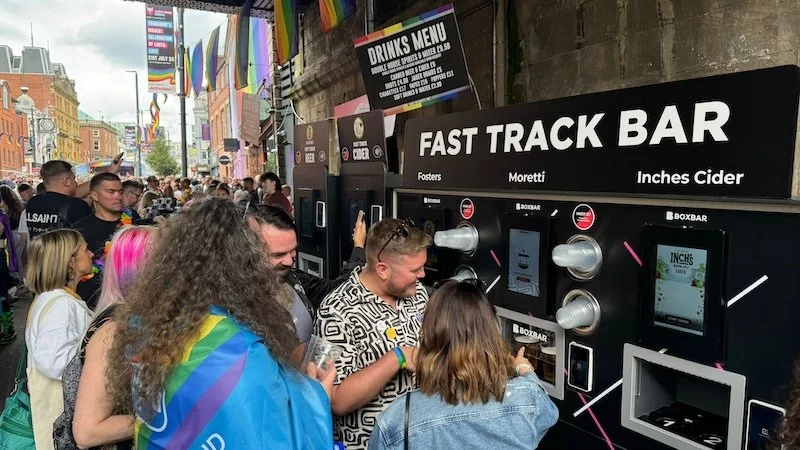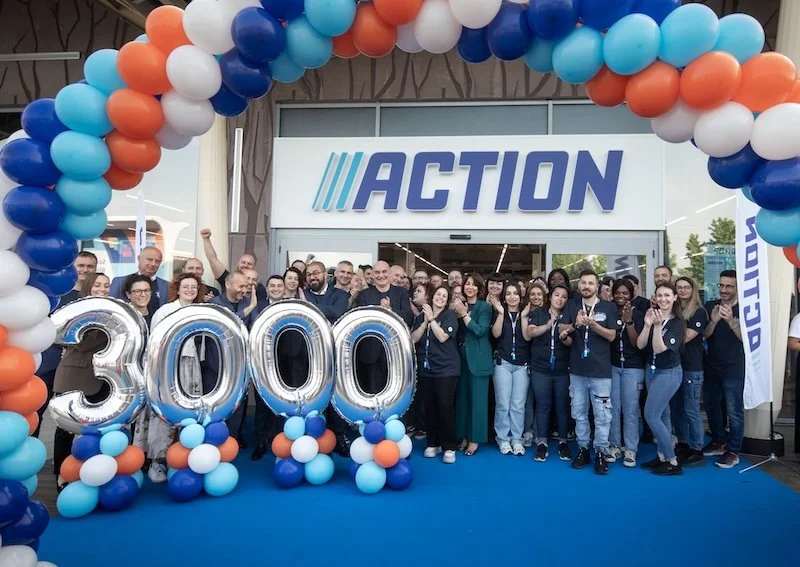Mobile first content strategies that drive engagement to student websites
In today’s hyperconnected campus culture, the student website is more than just a digital notice board—it’s a living, breathing platform where academic resources, creative expression, and community voices converge.
With over 90% of students accessing the internet primarily through mobile devices, the challenge for student-run sites isn’t just producing good content—it’s ensuring that content works seamlessly on small screens. Embracing a mobile-first content strategy isn’t just a tech trend; it’s a necessity for relevance, visibility, and real engagement.
Whether it’s a club website, digital student magazine, or academic project hub, the user experience on mobile determines whether a visitor sticks around or bounces. And when students rely on platforms not only for study help but also for services like pay for college papers, engagement is directly tied to design, load time, and content clarity.
Let’s dive into practical mobile-first strategies that help student websites stand out and stay useful in a mobile-dominated digital ecosystem.
Responsive Design is Just the Beginning
Many believe that having a “responsive” site—that is, one that automatically adjusts to various screen sizes—is enough. It’s a start, but not the whole story. Mobile-first design means building for mobile first, then scaling up to desktop, not the other way around. This prioritises core features, lean layouts, and quick interactions.
Key aspects include:
● Vertical navigation: Mobile users scroll, not click. Menus should be collapsible and intuitive.
● Legible typography: Stick to fonts that are readable on small screens and maintain spacing that doesn’t clutter.
● Thumb-friendly CTAs: Call-to-action buttons must be large enough to tap comfortably.
Even academic content platforms, like those offering tools for essay writing, must consider how readable and navigable their pages are on mobile. A clean, functional design encourages exploration and sharing, especially among busy students.
Short-Form and Snackable Content
Students multitask. Whether they’re switching between lectures, part-time work, or social media, attention spans are shorter than ever. That means mobile content must load fast and deliver value instantly.
Snackable content formats work best:
● Quick tips
● Micro-quizzes
● Carousel posts for mobile viewing
A student looking for tips on time management, for instance, may click through to a longer blog post or a shared resource, staying longer on your site and trusting your platform more.
Optimise for Voice and Visual Search
As voice assistants and visual discovery tools become more common, students increasingly interact with their devices through voice queries or image searches. To capitalise on this trend:
● Use natural language in headers and meta descriptions to capture voice search queries.
● Include alt text on every image so your content is searchable via visual platforms like Pinterest or Google Lens.
For instance, if a student says, “Do my research paper with free resources,” your site should be structured in a way that it appears among voice search results by using natural, helpful phrasing. It’s not just about being found—it’s about being relevant.
Make It Interactive (But Lightweight)
Interactive elements—polls, progress bars, swipeable cards, even gamified study aids—can increase mobile engagement when used correctly. But heavy graphics and poorly optimised plugins can slow down the user experience.
Instead, try:
● Embedded quizzes relevant to your articles
● Student polls that spark feedback or participation
● Interactive timelines for project-based clubs or event promotion
This kind of mobile-friendly interaction works particularly well on informational sites that support student services.
Focus on Mobile SEO and Load Speed
It’s not flashy, but it’s essential. A delay of just one second in mobile load time can reduce engagement by up to 20%. Students on public Wi-Fi or limited data don’t wait—they bounce.
To avoid this:
● Compress images and eliminate unnecessary scripts.
● Use tools like Google’s Mobile-Friendly Test and PageSpeed Insights.
● Implement AMP (Accelerated Mobile Pages) for fast-loading content articles.
Optimizing SEO with mobile in mind also means adjusting meta titles and snippets for smaller screens, using concise URL structures, and making sure your site structure supports crawlability.
Embrace Multimedia, But Make It Native
Mobile users consume a vast amount of video, audio, and interactive media, but it needs to be embedded seamlessly. Videos that autoplay with sound, slow-to-load PDFs, or non-responsive image galleries are surefire ways to drive users away.
Better alternatives:
● Embed short videos natively through platforms like Vimeo or YouTube
● Offer downloadable content in mobile-optimised formats (like EPUB or responsive HTML instead of bulky PDFs)
● Use podcast-style audio content for student opinion pieces or interviews
For example, a feature on student activism can include both a short-form article and a three-minute video summary, allowing users to choose how they engage.
Streamline Navigation and Site Architecture
Mobile users are goal-driven. Whether they’re looking to sign up for a campus event, find a tutor, or read a new editorial, the path to the goal should be clear and short.
Tips to streamline navigation:
● Use a sticky navigation bar at the top or bottom of the screen.
● Limit navigation menus to no more than five core categories.
● Include a quick-access search function.
If your site includes academic tools or offers links to services that help students write paper assignments, these should be accessible within one or two taps. Clear, predictable navigation reduces bounce rates and builds user trust.
Localise and Personalise Content for Students
Mobile-first content doesn’t just mean technical optimisation—it’s also about emotional relevance. Student websites that localise their content by campus, department, or interest see higher levels of interaction.
Consider segmenting your content:
● Campus-specific announcements or news
● Tailored resources for freshmen, seniors, or grad students
● Personalized email or push notifications for registered users
The closer the content feels to the individual, the more likely it is to be consumed, shared, or bookmarked.
Integrate With Social and Academic Tools
Most students interact with dozens of apps daily—study apps, calendar tools, and messaging services. Integrating your website with these tools can make your platform more useful and visible.
Key integrations might include:
● Google Calendar event syncing
● Shareable content for Instagram and TikTok
● Embedded links to Google Docs or Microsoft Word templates
● Collaboration tools for study groups
Track What Works (And Keep Testing)
Finally, no strategy is complete without measurement. Use Google Analytics 4 and heatmap tools to track how students interact with your site on mobile. Pay attention to:
● Bounce rate and average session duration
● Scroll depth and CTA click rates
● Mobile vs. desktop usage trends
Test new features regularly, especially interactive and multimedia content, and solicit feedback directly from users through in-site polls or anonymous forms.
Final Thoughts
Student websites have a unique opportunity: to inform, inspire, and support a constantly changing audience of mobile-first learners. Implementing mobile-first content strategies means thinking beyond responsive layouts and diving into how students experience and use content in real-time.
Whether your site focuses on academic support, event promotion, or peer storytelling, mobile optimization drives everything, from SEO to retention. And with attention spans shortening and expectations rising, adopting these strategies now ensures your student website isn’t just another tab in someone’s phone—it becomes a digital destination.































Continue reading…